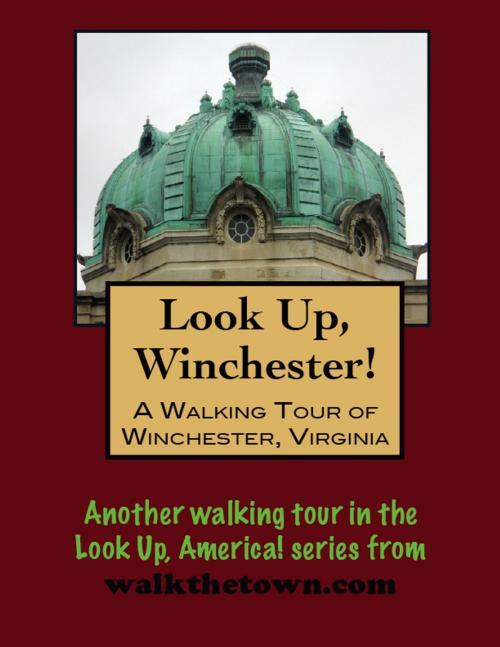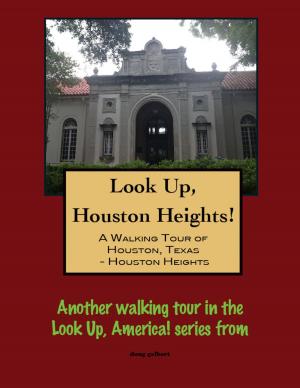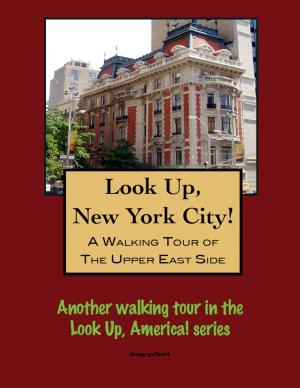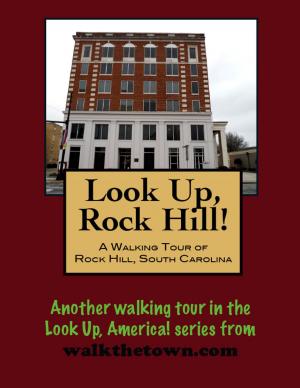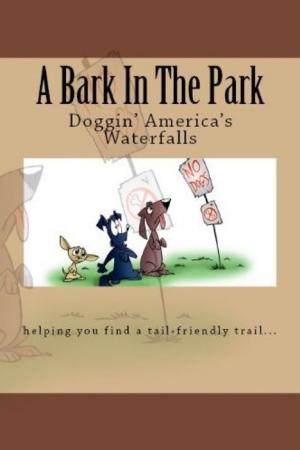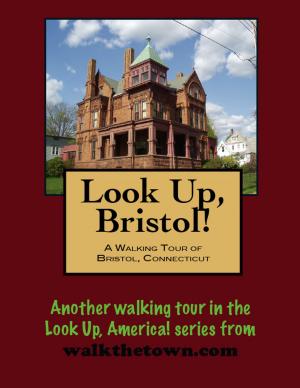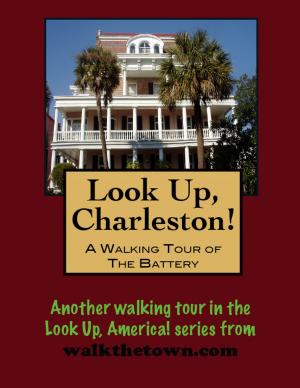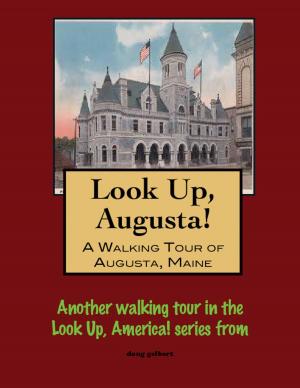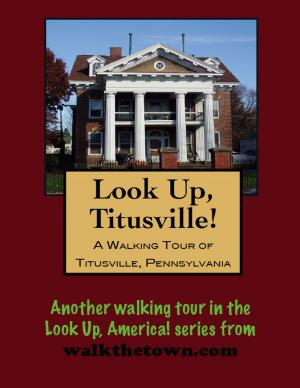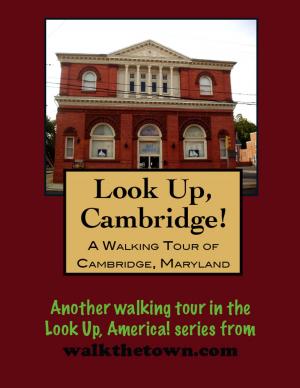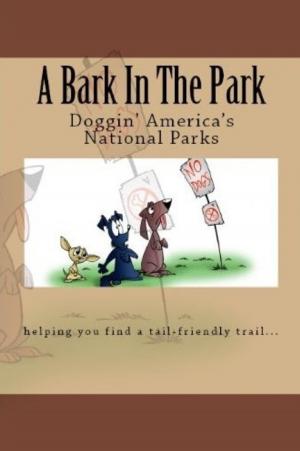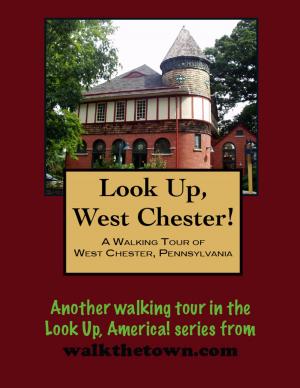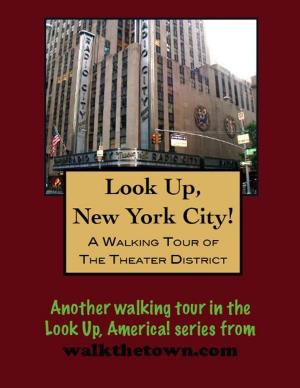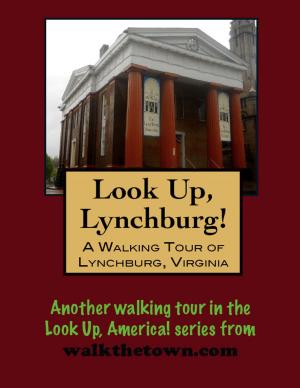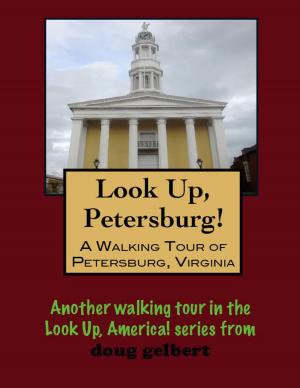| Author: | Doug Gelbert | ISBN: | 9781458022455 |
| Publisher: | Doug Gelbert | Publication: | December 30, 2010 |
| Imprint: | Smashwords Edition | Language: | English |
| Author: | Doug Gelbert |
| ISBN: | 9781458022455 |
| Publisher: | Doug Gelbert |
| Publication: | December 30, 2010 |
| Imprint: | Smashwords Edition |
| Language: | English |
There is no better way to see America than on foot. And there is no better way to appreciate what you are looking at than with a walking tour. Whether you are preparing for a road trip or just out to look at your own town in a new way, a downloadable walking tour is ready to explore when you are.
Each walking tour describes historical and architectural landmarks and provides pictures to help out when those pesky street addresses are missing. Every tour also includes a quick primer on identifying architectural styles seen on American streets.
Near the northern entrance to the Shenandoah Valley and sited at the crossroads of two historic foot trails, Winchester is the oldest Virginia city west of the Blue Ridge Mountains. Germans migrating from Pennsylvania did most of the heavy lifting in settling the region in the 1730s but the land belonged to the English lord, Thomas 6th Baron Fairfax of Cameron, part of his proprietary inheritance. In 1749 Lord Fairfax settled in the area that was called Frederick Town after Frederick, father of George III of England. To help figure out just what he had with his Virginia lands one of the surveyors that was hired was an eager red-headed lad by the name of George Washington, enthusiastically digging into his first paid job. Washington would build Fort Loudoun here during the French and Indian War and, at twenty-six, was elected to his first public office as the county’s representative to the House of Burgesses.
The town’s named was switched to Winchester, honoring an ancient English capital, in 1752. It boasted a population approaching 1,000 and was the trade center of the valley on the Great Wagon Road from Pennsylvania to the southwest. There were many roads leading to ports where goods could be shipped to and from England. In the days after the Revolutionary War, Winchester led a charge to prosperity in America’s developing western lands. At one point merchants petitioned the Virginia assembly to build more roads and ferry boats, citing delays up to three days for freight wagons to get across the Shenandoah River.
By the mid 19th-century Winchester was a major supply route; the town lay on the Valley pike and was served by east-west and north-south railroads and the Potomac river. Not surprisingly, from the spring of 1862 until the fall of 1864 Winchester changed flags some 70 times. Four major engagements were fought in and around town. No traces of these battles, which helped drain Union resources away from a march on Richmond, remain.
Although more than 200 homes and buildings were destroyed during the fighting, Winchester shook off the ravages of the Civil War quicker than most Southern towns - mostly on the back of the apple. Winesaps, Pippins, Staymans, the Delicious, Black Twigs and, especially, York Imperials overflowed in some of the world’s largest packing houses. the Shenandoah Apple Blossom Festival began in the spring of 1924 to encourage folks to admire the hundreds of thousands of apple trees coming into bloom each year.
Our walking tour will visit a bit of Colonial history, a bit of Revolutionary War history, a bit of Civil War history and even touch on a bit of apple history and we’ll begin in the traditional center of town where folks used to gather for everything from a public hanging to Christmas caroling...
There is no better way to see America than on foot. And there is no better way to appreciate what you are looking at than with a walking tour. Whether you are preparing for a road trip or just out to look at your own town in a new way, a downloadable walking tour is ready to explore when you are.
Each walking tour describes historical and architectural landmarks and provides pictures to help out when those pesky street addresses are missing. Every tour also includes a quick primer on identifying architectural styles seen on American streets.
Near the northern entrance to the Shenandoah Valley and sited at the crossroads of two historic foot trails, Winchester is the oldest Virginia city west of the Blue Ridge Mountains. Germans migrating from Pennsylvania did most of the heavy lifting in settling the region in the 1730s but the land belonged to the English lord, Thomas 6th Baron Fairfax of Cameron, part of his proprietary inheritance. In 1749 Lord Fairfax settled in the area that was called Frederick Town after Frederick, father of George III of England. To help figure out just what he had with his Virginia lands one of the surveyors that was hired was an eager red-headed lad by the name of George Washington, enthusiastically digging into his first paid job. Washington would build Fort Loudoun here during the French and Indian War and, at twenty-six, was elected to his first public office as the county’s representative to the House of Burgesses.
The town’s named was switched to Winchester, honoring an ancient English capital, in 1752. It boasted a population approaching 1,000 and was the trade center of the valley on the Great Wagon Road from Pennsylvania to the southwest. There were many roads leading to ports where goods could be shipped to and from England. In the days after the Revolutionary War, Winchester led a charge to prosperity in America’s developing western lands. At one point merchants petitioned the Virginia assembly to build more roads and ferry boats, citing delays up to three days for freight wagons to get across the Shenandoah River.
By the mid 19th-century Winchester was a major supply route; the town lay on the Valley pike and was served by east-west and north-south railroads and the Potomac river. Not surprisingly, from the spring of 1862 until the fall of 1864 Winchester changed flags some 70 times. Four major engagements were fought in and around town. No traces of these battles, which helped drain Union resources away from a march on Richmond, remain.
Although more than 200 homes and buildings were destroyed during the fighting, Winchester shook off the ravages of the Civil War quicker than most Southern towns - mostly on the back of the apple. Winesaps, Pippins, Staymans, the Delicious, Black Twigs and, especially, York Imperials overflowed in some of the world’s largest packing houses. the Shenandoah Apple Blossom Festival began in the spring of 1924 to encourage folks to admire the hundreds of thousands of apple trees coming into bloom each year.
Our walking tour will visit a bit of Colonial history, a bit of Revolutionary War history, a bit of Civil War history and even touch on a bit of apple history and we’ll begin in the traditional center of town where folks used to gather for everything from a public hanging to Christmas caroling...
